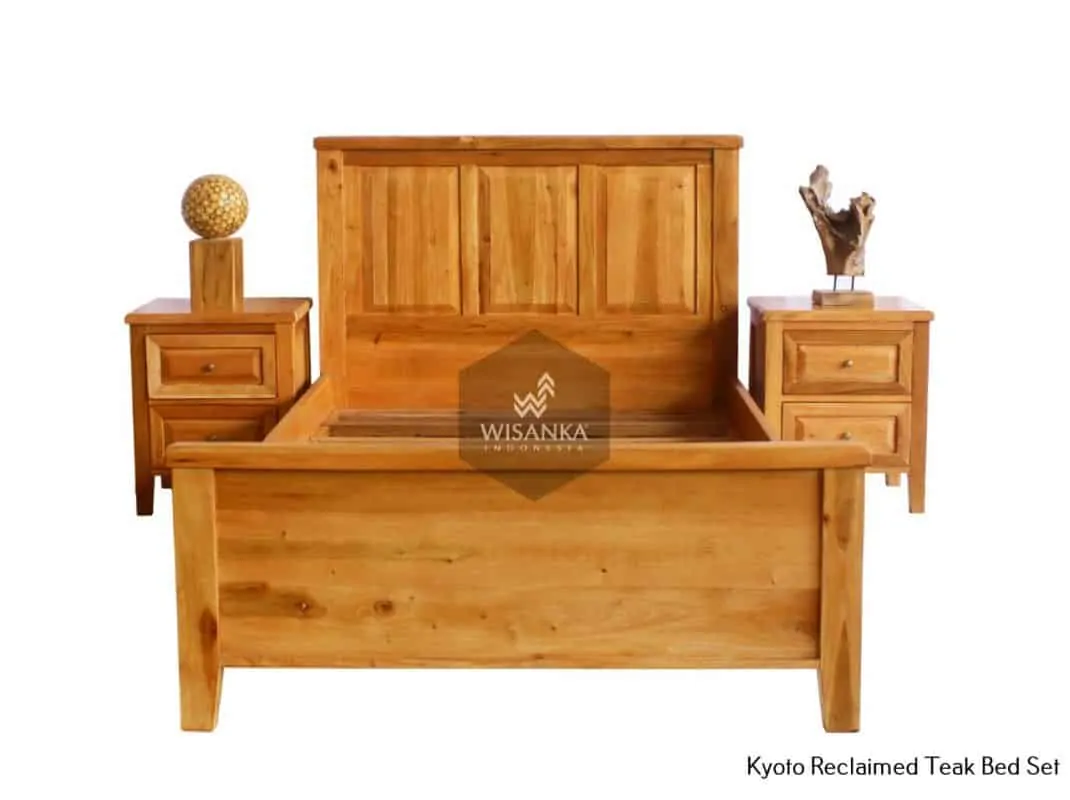SOFTWOOD VS HARDWOOD WHICH IS BETTER?
SOFTWOOD VS HARDWOOD WHICH IS BETTER?. Wood is part of the trunk or branches and twigs of plants that harden due to lignification (wooding). Wood is used for various purposes, from cooking, making furniture (tables, chairs), building materials (doors, windows, roof trusses), paper materials, and many more. Wood can also be used as household decorations and so on. The cause of wood formation is due to the accumulation of cellulose and lignin in the cell walls of various tissues in the stem. Timber science studies various aspects of wood classification as well as the chemical, physical and mechanical properties of wood under various handling conditions.
Wood or trees are categorized or classified into two types, namely: hardwood (hardwood) and softwood (softwood). Wood that is categorized as hardwood does not mean hardwood and wood that is categorized as softwood does not mean that it is soft. There are ‘soft hardwoods’ and there are also ‘hard softwoods’. Soft wood will leave streak marks on the wood. The deeper the streak is formed, the softer the wood. Hard wood will not leave streak marks when pressed with your thumb nails.
Softwood (softwood), is wood from coniferous plants, for example pine trees. Softwood has a greater length and hardness which is used to give strength to the paper. Hardwood is wood derived from plants that shed their leaves every year. Hardwood is smoother and more compact, resulting in a smooth paper surface. In addition, hardwoods are easier to bleach to a lighter color because they have less lignin. In general, hardwood (hardwood) contains more cellulose, hemicellulose and extractives than softwood (softwood), but the lignin content is less. (Anonymous, 2003).
Softwood / Softwood / Needle
- Wood Softwood only consists of a few types of cells.
- Has a relatively simple structure.
- Has lower hardness compared to Hardwood.
- More than 90% of the volume of softwood is composed of long cells known as longitudinal tracheids. This cell is relatively longer (3-4 mm) when compared to the fibers in hardwood. These cells are prismatic in shape with closed ends. On the tracheid wall there is a dot with pages.
- In softwood, the existence of longitudinal (axial) parenchyma is classified into 3, namely completely absent, rare, present but not constant. When present, the presence of parenchyma is scattered among the tracheids: zonate or banded (tangential line or band) and boundary (initial or terminal).
- The radius of softwood is mostly uniseriate, only a small part is biseriate. The average volume of the radius ranges from 5-30% of the total volume of wood.
- Usually used to make high-quality furniture or for raw materials for parquet floors, decks or other constructions that require longer durability.
Examples of Softwoods: Pine, Agathis, Melur
Softwood constituent cells are tracheid cells (tracheid, bony tracheid and chain tracheids), parenchyma cells (axial parenchyma and epithelial parenchyma), tracheid cells of radius, radius cells and epithelial cells .
Table 1. Cells Composer Wood Leaves Needles (Softwood)
| Longitudinal | Transverse |
| A. Strengthening Distributors or both
1. Traksid Longitudinal 2. Trakeid Chain B.Storage and Secretion 1. Longitudinal parenchyma 2. Epithelium |
A. Amplifier Distributors or both
1. Trakeid Radius B. Storage and Secretion 1. Radius Parenchyma 2.Epithelium |
Hardwood / Hardwood / BroadLeaf
- Character is harder and heavier.
- Hardwood consists of a very diverse proportion with different cell types. Tracheid fiber cells in hardwood are shorter than tracheids in softwood.
- Has unique characteristics.
- The structure of the wood grain is usually curved and has very strong bonds between wood pores.
- The vessels are only found in hardwoods, not softwoods. Vesel in early wood (spring wood) are bigger than late wood (summer wood).
- In hardwoods, the width of the fingers varies greatly in the presence of the same species. The average volume of the radius ranges from 5-30% of the total volume of wood.
- Hardwoods do not have tracheid radii, but parenchyma cells do, namely upright cells (upright cells that make up the fingers) and procumbent cells (cells that make up the fingers)
- The drying process takes longer than wood from needle leaf types.
- This wood is widely used for furniture, panels and other decorations.
Examples of Hardwoods: Teak wood furniture, Bengkirai, Keruing
Hardwood constituent cells are in the form of pore cells, fiber cells (tracheid fibers and libriform fibers), tracheid cells (pore tracheids and pore-circumferential tracheids), parenchyma cells (axial parenchyma, fusiform parenchyma and epithelial cells ), radius cells (upright and lying cells).
Table 2. Composing Cells of Hardwood
| Longitudinal | Transverse |
| A. Reinforcement, conduit or both
1. Vessels 2. Tracheid fibers – Libriform fibers 3. Tracheids – Vascular Tracheids – Vasicentric Tracheids B. Storage and Secretion 1. Longitudinal Parenchyma 2. Epithelial cells |
A. Strengthening Distributors or both
N B. Storage and secretion 1. Parenkim fingers 2. Epithelial cells |
SOFTWOOD VS HARDWOOD WHICH IS BETTER? | Jepara Wooden Furniture


